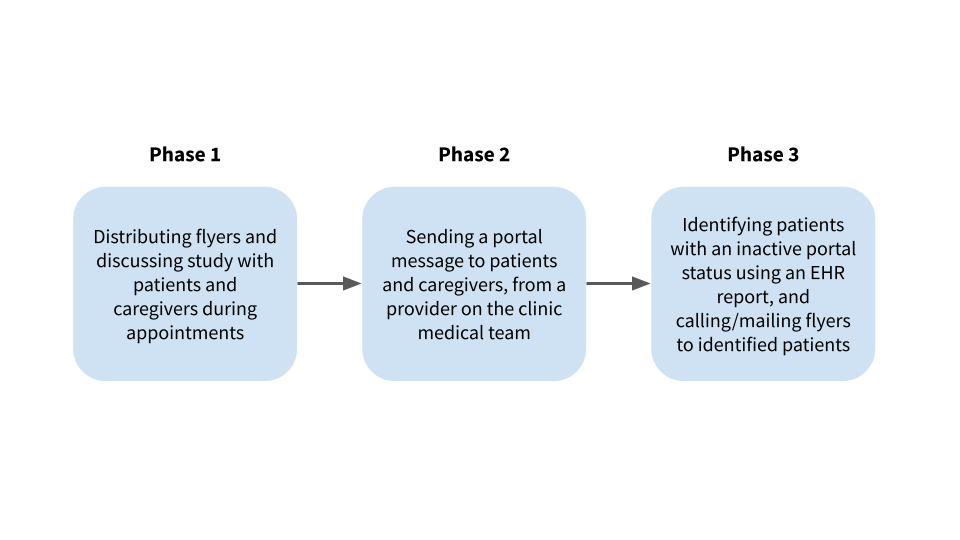Health Services Research
Session: Health Services Research 2: Novel Methods and Disparities
305 - Improving Study Recruitment Strategies of Children and Young Adults Living with Sickle Cell Disease That Are Not Engaged in Care
Saturday, May 4, 2024
3:30 PM - 6:00 PM ET
Poster Number: 305
Publication Number: 305.1290
Publication Number: 305.1290

Samyuktha (Simi) Neeluru, BSE (she/her/hers)
Research Assistant
University of Michigan Medical School
Canton, Michigan, United States
Presenting Author(s)
Background: Sickle cell disease (SCD) is an inherited blood disorder requiring complex care management by specialized providers. Adherence is a significant challenge: approximately 50% of clinic appointments are missed and less than half of children receive recommended preventive services. Therefore, it is essential to identify barriers to adherence, particularly across individuals that are hard-to-reach, or not currently engaged in care. While some studies have assessed study engagement in other hard-to-reach populations, none have addressed these challenges in the SCD population.
Objective: Assess the feasibility of a multi-modal recruitment strategy in improving participation in interviews of children, young adults, and caregivers impacted by SCD that are not engaged in care.
Design/Methods: This mixed methods study included understanding opportunities for recruiting study participants and assessment of study participation based on implementation of specific recruitment strategies. Children and young adults with SCD between 12-22y and caregivers, who had been previously seen at C.S. Mott Children’s Hospital Pediatric SCD Clinic were recruited for semi-structured interviews using strategies that were identified and utilized in a stepwise fashion (Figure). The number of individuals recruited based on these strategies was assessed.
Results: Three strategies were implemented in subsequent order (Figure). First, study team members distributed flyers with QR codes to patients during clinic appointments. This method was effective at reaching patients and families that had a medical appointment scheduled during the recruitment period. The second phase involved a provider sending a portal message to patients. This expanded the scope of families receiving study information and increased the study’s credibility. The third phase involved the study team creating a report in the Electronic Health Record (EHR) to identify patients with an inactive patient portal or without an appointment during the recruitment period. Flyers were mailed and phone calls were made to identified families. In the first phase, 0 completed the study survey; second 8, third 1.
Conclusion(s): A multi-modal recruitment strategy was developed to improve study engagement of pediatric patients with SCD and caregivers that are hard-to-reach. Future focus group recruitment will utilize these methods to optimally distribute materials. Future research should continue to develop guidelines for recruiting individuals with SCD, to ensure that research findings are representative of this population’s needs.

